In last week’s article we discussed propagation via cuttings. It is such a large and fascinating subject that I felt like continuing into this week.
So let’s crack on! By propagating via vegetative methods such as cuttings, then you can create a new plant true to the mother plant.
Seeds
In the instance of seeds the plants that are created may not be the same as the mother plant. This is owing to seed being created most typically via naturally fertilisation from cross pollination.
A typical example may be a bee pollinating the pistil (i.e. female parts of a plant) with the pollen it has gathered from other plants meaning the seed may contain sexual haploid gametes from the mother and sexual haploid gametes from the father plant to create zygote which is diploid, might sound confusing but it works similarly to how humans make babies.
A bit from mum and a bit from dad to create a new unique being. Plants can actually be isolated so as not to be pollinated by a different type of father haploid.
This can be either by isolating the female flowering parts and hand pollinating it with a cotton wool bud (as an example) or by ensuring that the female plants is surrounded by only plants that are the same type.
Obviously this has issues because bees can forage for miles so there’s no guarantee it won’t have stopped off at different plant types along the way to your special one type of plant zone.
That said, plant breeders exploit this. They purposefully fertilise a female flower of one plant with the pollen of another plant by hand in order to create seed that may morph the characteristics of both.
Once they hit the jackpot and create and ideal they then propagate from it vegetatively for example cuttings in order to create more true to type. Thereby a new plant is created.
Cuttings
A major benefit of vegetative propagation is therefore getting propagules (i.e. mini bits of mother plant that will be its own independent plant) which will share the same characteristics, be it profile, flowering colour, type, fruit, disease resistance and so on.
Not every plant can be propagated easily by cutting. As mentioned more difficult plants to root are taken as softwood cutting to improve chances of success.
However with certain plants it’s much easier to simply propagate by seed rather than vegetatively e.g. papaya and marigolds.
Successful cuttings
In the case of softwood and semi-ripe cuttings you want to take them very early in the morning when they are fully turgid.
That is to say they have full water capacity in the stems owing to not respiring so much during the night.
This maximises the chance of success as they will be less likely to dry out. If many cuttings are taken then they should be placed in a poly bag to retain moisture so they don’t dry out before getting back to where you are prepping them for potting.
By taking cuttings at the correct time and by providing the correct soil conditions with an appropriate potting mix and also by providing the suitable environmental conditions i.e. correct humidity, then chances of success are vastly increased.
Mistakes to avoid
The main mistakes to avoid with cuttings are taking them during the day in warm, sunny conditions (for ripe and semi-ripe, this is less important with hardwood).
It is important to not over water but also not to let them dry out. It is also important to prepare the cuttings properly.
The cuttings require a being cut smoothly with a sharp grafting knife just above or below the node (the area where leaves will form) this area is high in hormones and will become roots.
If you take the base to be mid stem between leaves there is a higher chance of failure. It also pays to take cuttings from stems that have not flowered.
If a stem has flowered it has likely put energy, nutrients etc. into the flower as this is the way the plant wants to natural propagate i.e. by fertilisation and therefore seed.
With vegetative propagation then plants true to type have been created in order to preserve rare and endangered plants like the sweetbay magnolia (Magnolia virginiana).
If you’ve never taken cuttings before then give it a try! It is great fun and can really help you bulk out your garden at home.
Take care and happy gardening.
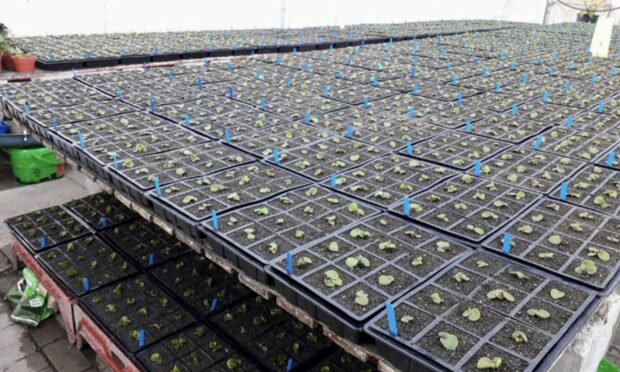

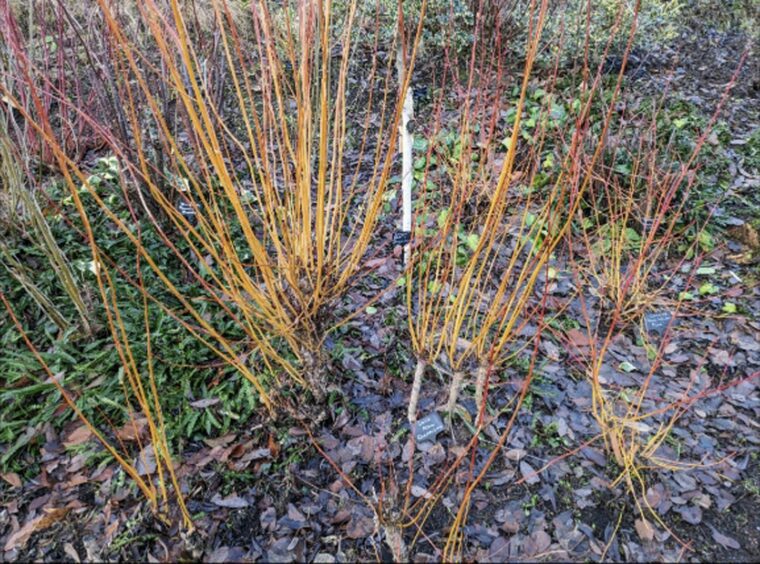
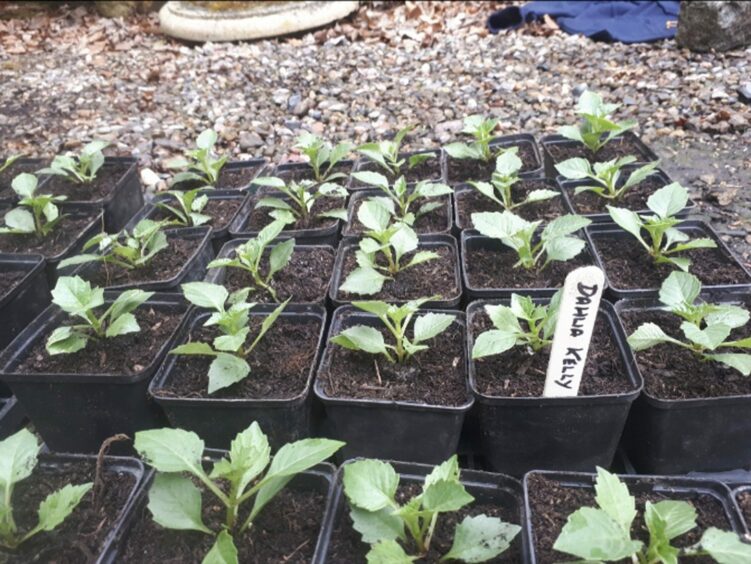
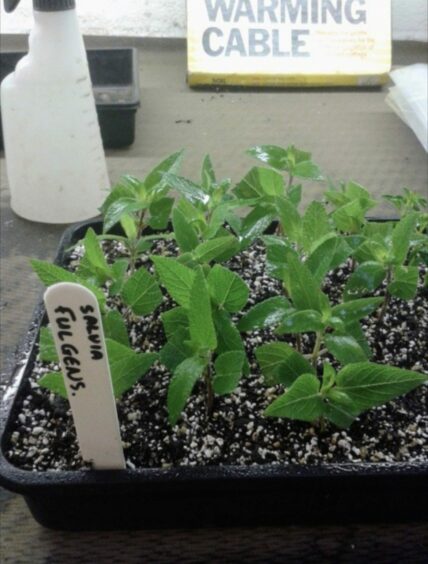
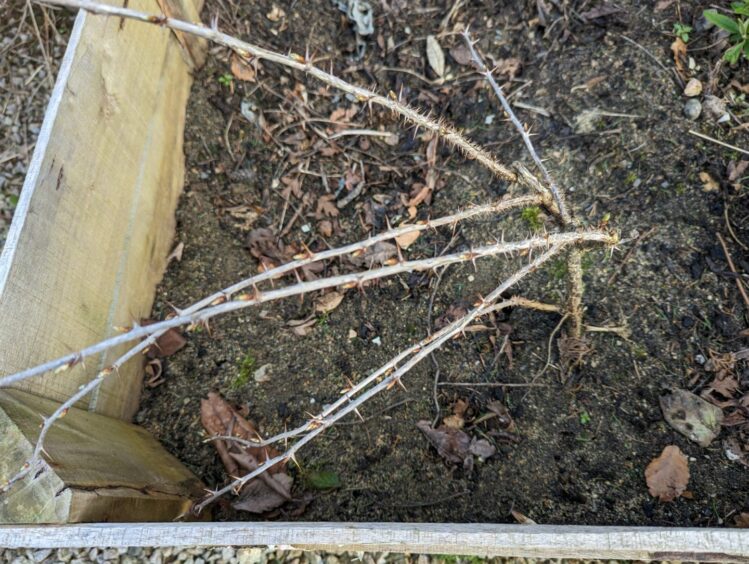

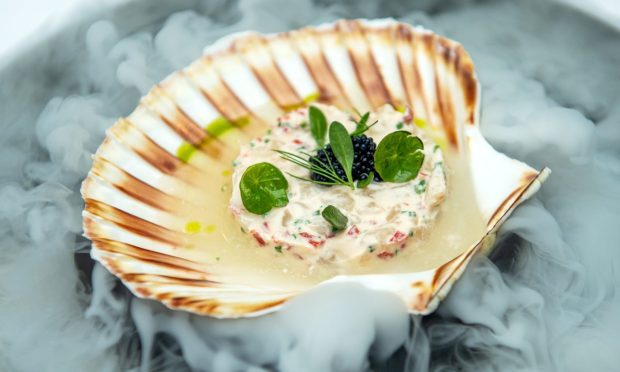


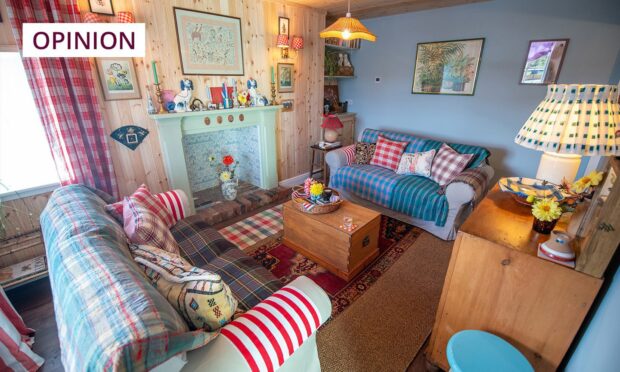





Conversation